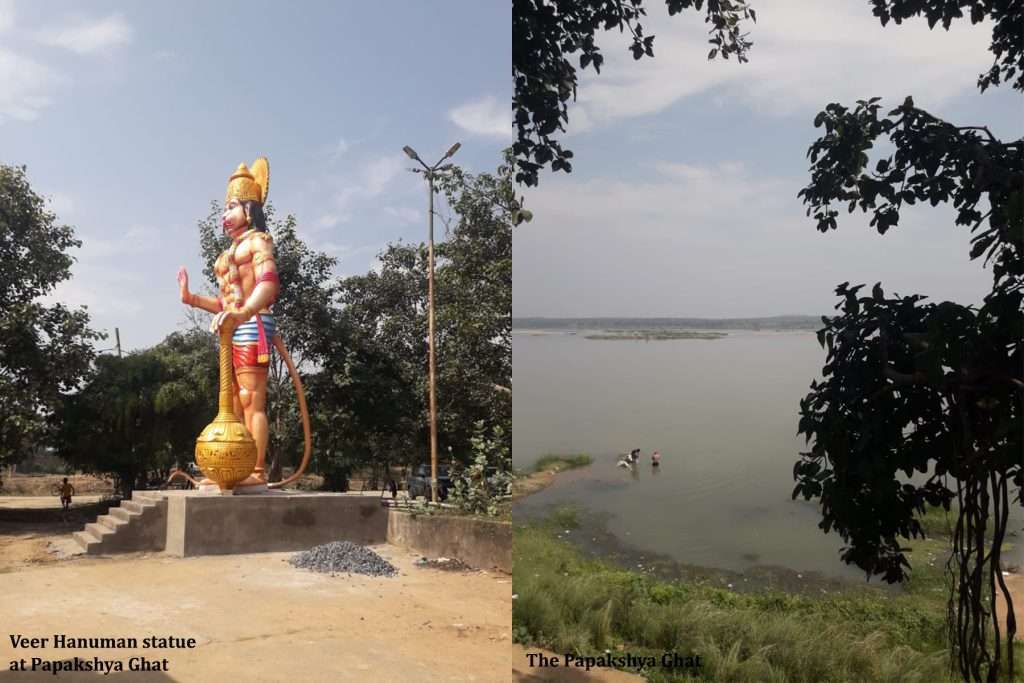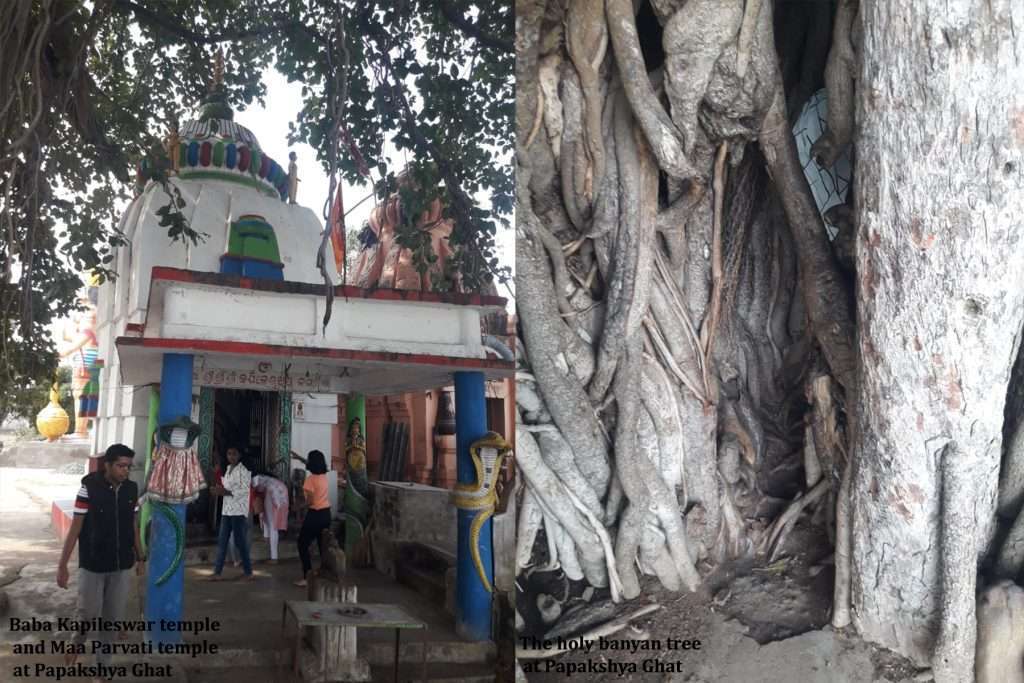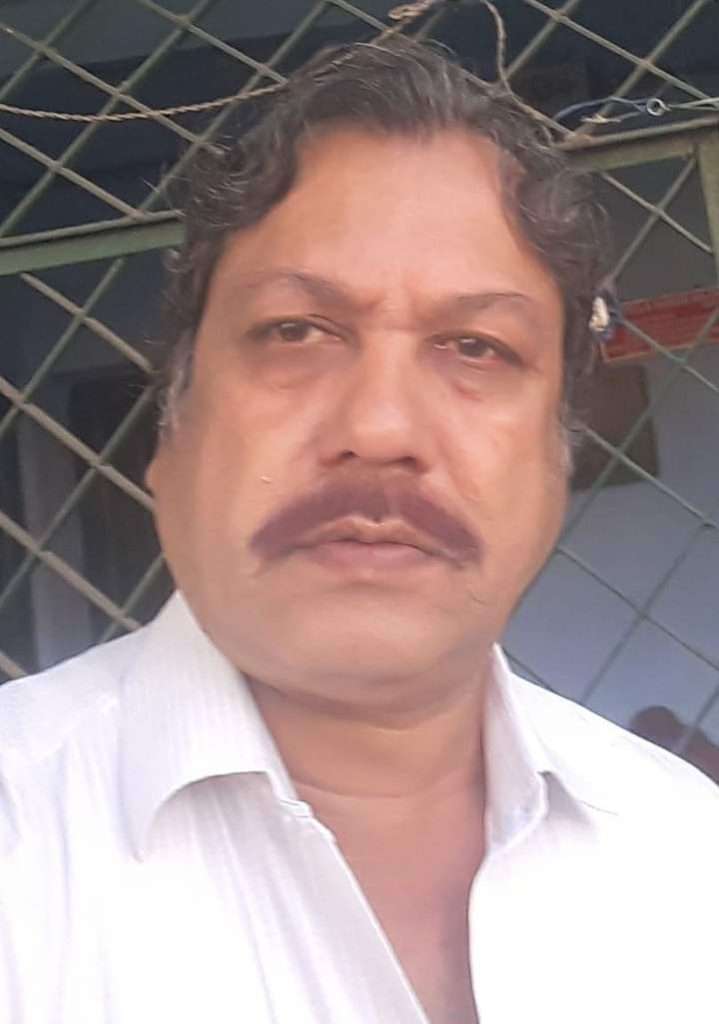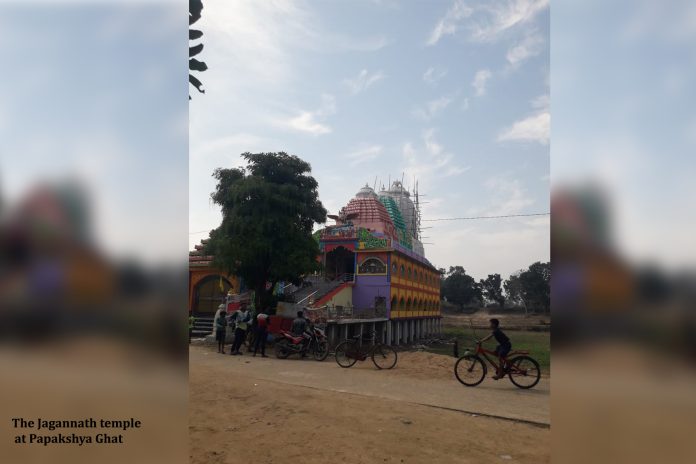At the end of January 2024, we embarked on a journey to explore the cultural and historical marvels of Sonepur, particularly focusing on Charda, Binka, and Papakshya Ghat. The weather was delightful, with a gentle cold breeze that gradually yielded to the warmth of the day.
Sonepur, steeped in antiquity, has been a cradle of civilization since ancient times. In the past, reaching Sonepur and Binika from Sambalpur necessitated a journey by boat due to communication challenges. However, the advent of Sonepur and Binika bridges has now facilitated easy access, enabling visitors to delve into the rich history and culture of these regions.
Sonepur, known as the district headquarters, boasts a rich tapestry of dynastic reigns, notably under the Chauhans who displaced the Bhanjas of Boudh. The town is a confluence of Saivism, Shaktism, and Vaishnavism, adorned with numerous temples dedicated to various deities. With over a hundred temples embellishing its landscape, Sonepur is often referred to as the “Mandiramalini” and the second Varanasi of India. Renowned for its literary contributions and cultural events like the ‘Bali Yatra’, Sonepur exudes an aura of spirituality and heritage, with revered sites such as Maa Sureswari, Lord Suvarnameru, and Baba Kapileswar of Charda.
Charda, situated approximately twenty-eight kilometers from Sonepur and six kilometers from Binka, holds significance due to its proximity to the Kapileswar temple and Papakshya Ghat. This quaint village, with a population exceeding two thousand and a commendable literacy rate, serves as a Gram Panchayat, embodying the essence of rural life intertwined with spiritual fervor.

Binka, positioned around thirty kilometers from Sonepur, stands as a testament to ancient civilizations, with its roots tracing back to the era of the Somavanshi kings. Formerly known as Binitapur or Binitaswapur, Binka served as the capital of ‘Dakshina Koshala’, thriving under the patronage of illustrious rulers. Excavations at Tarapurgarh hint at an ancient civilization, with ties to Buddhism evident through the presence of Devi Tara. Despite the gradual transition to Hinduism during the Somavamshi or Keshari reign, remnants of Vajrayana Buddhism’s tantric influence linger, manifesting in cultural traditions such as the Ramlila of Urley and the Mahakhala Yatra. The town, now a bustling center of commerce, boasts a population of over fifteen thousand and flourishes against the picturesque backdrop of the Mahanadi River.
The Baba Kapileswar temple, steeped in legend and devotion, narrates the tale of King Anangabhimadev III’s miraculous cure from leprosy. Erected in the early thirteenth century, the temple stands as a testament to faith, drawing devotees from far and wide to partake in the annual Kalasi Yatra. Adjacent to the temple lies a serene pond, known for its sacred fish and spiritual ambiance, where devotees congregate to celebrate Mahashivratri.

Papakshya Ghat, situated a few kilometers from Charda and Binka, holds a special place in local lore as the site where King Anangabhimadev III purportedly bathed and absolved himself of sin. Adorned with temples dedicated to Baba Kapileswar, Maa Parvati, Veer Hanuman, and Lord Jagannath, the ghat exudes tranquility and spirituality. The presence of a colossal banyan tree, believed to cleanse visitors of sin, adds to the mystical allure of the site, drawing pilgrims seeking spiritual solace.
As we bid farewell to the serene ambience of Papakshya Ghat and the bustling town of Binika, our hearts brimmed with memories of a memorable journey—one that intertwined history, spirituality, and the timeless allure of rural life.
(The views expressed are the writer’s own)

Mr. Prafulla Kumar Majhi,
Retd. Asst. Director(P), All India Radio.
He is an eminent Scholar and freelance writer in English & Odia. His areas of interests are sociocultural, economic, literary, historical and analytical studies and writings.

